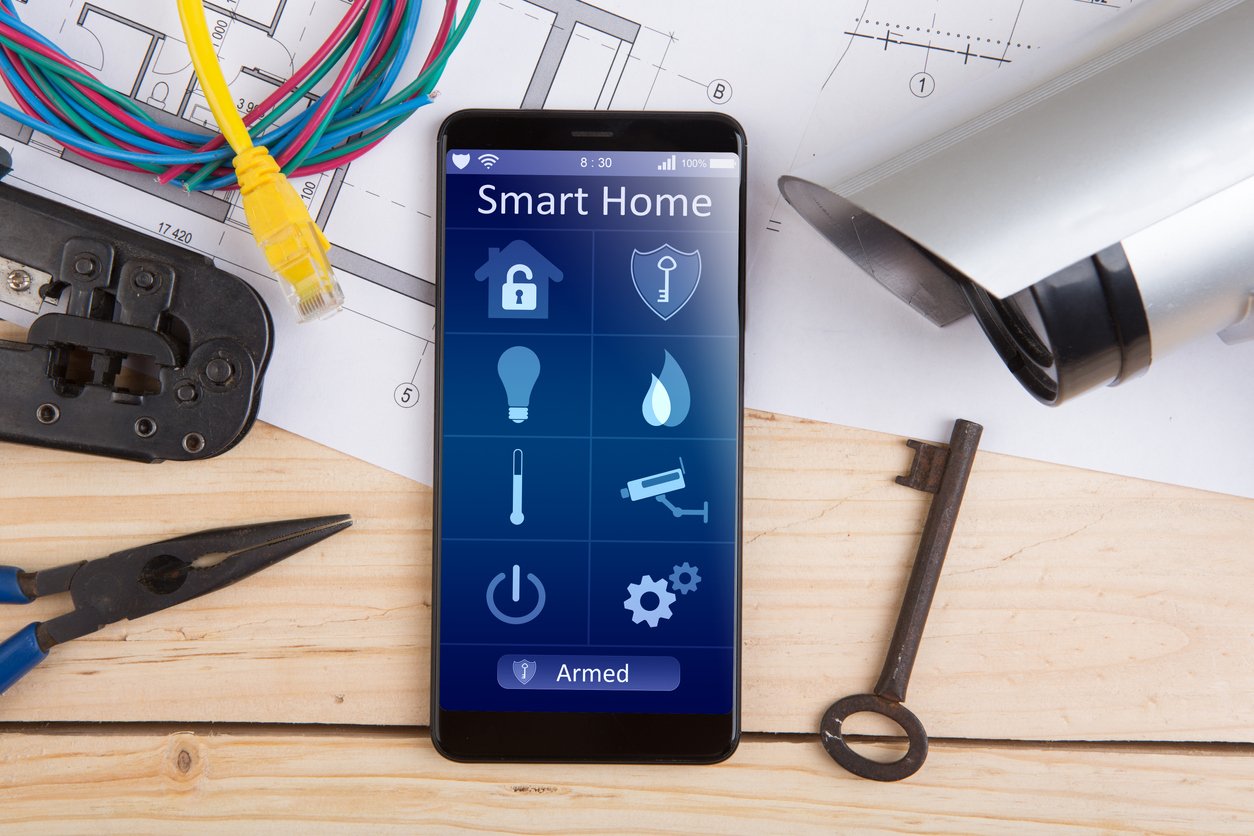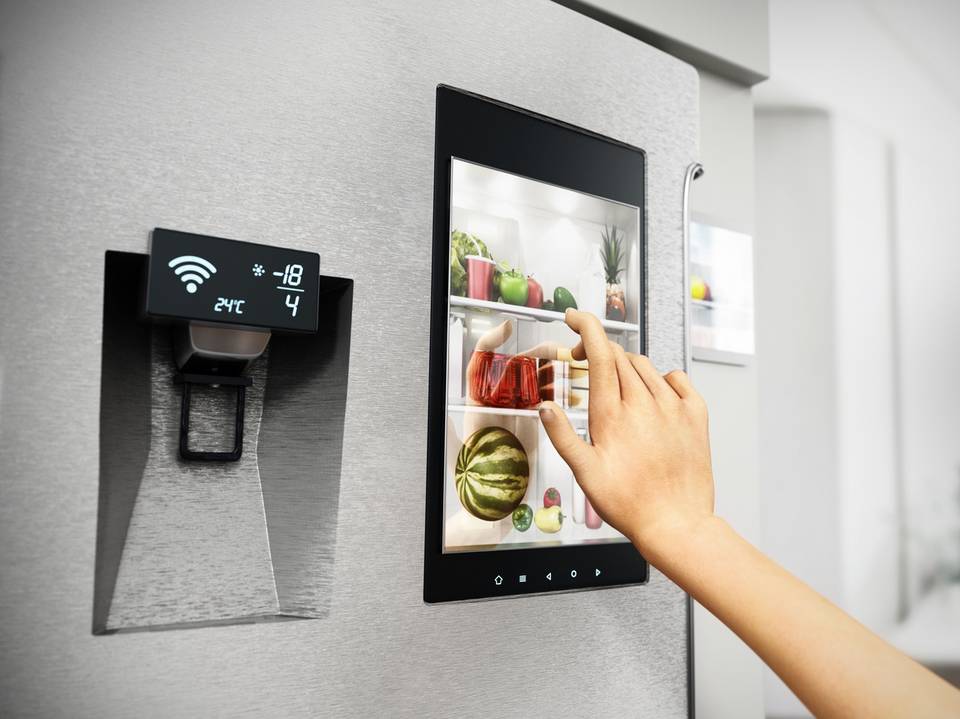Smart tech or Internet of Things (IoT) devices pervade all aspects of our lives from our phones to our cars to our homes. In fact, our homes are full of convenient advances. We have thermostats that we can operate with an app even when we’re away from home. We have voice-activated tools that can operate our lights or turn on some tunes or give us the latest weather information.
The average American home now has a total of 22 connected devices[1]. After all, in 2023, who really wants to touch a light switch? But are all of these modern conveniences making us vulnerable to cyber attacks? In many cases: yes, due to the data they collect about us. Cybercrime is predicted to cost the world $8 trillion in 2023[2].
Let’s look at some of the potential unexpected cyber threats in homes and how you can protect yourself.





